Iran aims to boost medical tourism

Iran wants to increase its number of medical tourists; the country already enjoys 85,000 patients yearly for medical tourism and wants to improve that.
One of the main focuses of medical tourism in Iran is eye surgeries. The country enjoys several facilities around the country that offer quality services for all and also offer services for free to the needy. The main eye hospitals in Tehran are the Noor and Negah facilities.
These hospitals are designed in a way to offer complete services to patients from examination to surgery, catering to all the needs of the patient.
At an inauguration ceremony for a new clinic at the Noor hospital Iran’s Vice President talked about the country’s plans to boost tourism in this sector and he also said visas are no longer an issue.
“A new workgroup will be formed to plan for increasing our potentials in medical tourism in the next few years. More effort should be done on the internet to make precise data about our facilities available for those who plan to come to Iran for treatment,” VP and Head of Cultural Heritage Organization, Mohammad Ali Najafi said.
The hospital itself is improving in quality and increasing in size, this is to remain attractive to patients and possibly gain more medical tourists.
Director of the Hospital, Dr. Khosro Heydari, “We perform all modern eye surgeries offered anywhere else in the world with more competitive prices usually several times less. We enjoy competent surgeons and up to date equipment. Some of our surgeons are renowned worldwide, we have enjoyed over 10,500 patients from outside of Iran coming to our hospital since its start.”
“The Noor hospital started work 20 years ago, now we felt the need to start a clinic to separate the surgeries from examinations as the hospital was becoming crowded. As we value the quality of services offered and waiting times,” Member of the board, Dr. Seyed Mohammad Miraftab added.
But this is not all this facility offers, it has made trailers that are complete mobile hospitals to offer services to patients in small towns around Iran, for free. Till now surgeons have traveled with these mobile centers to seven provinces offering free of charge services for the poor.
Source: Press TV







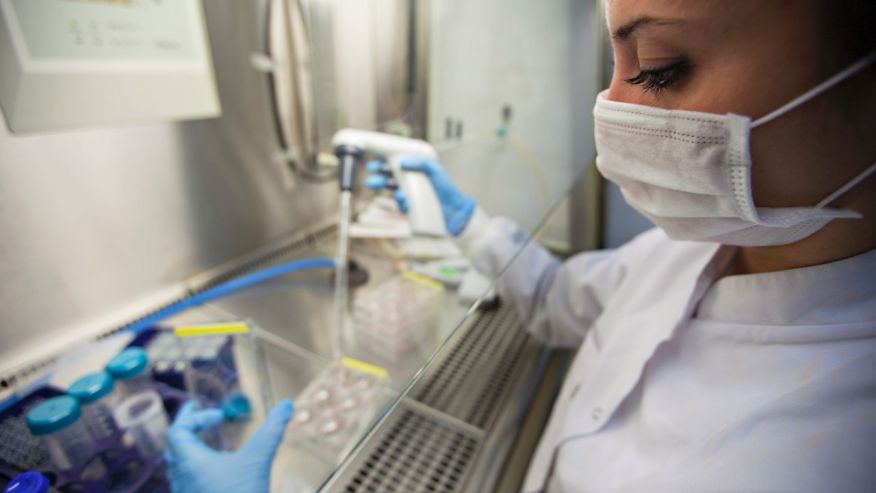

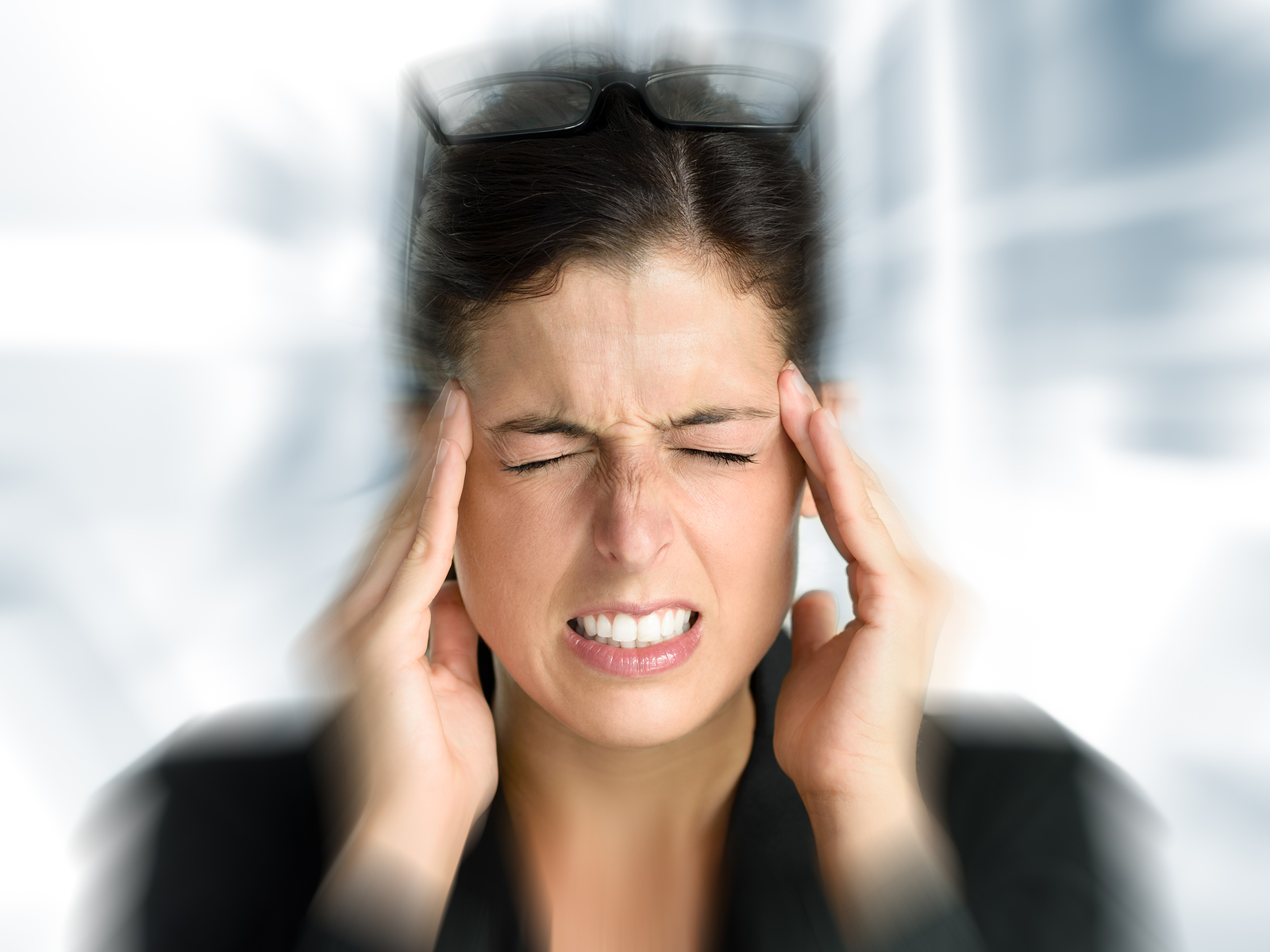





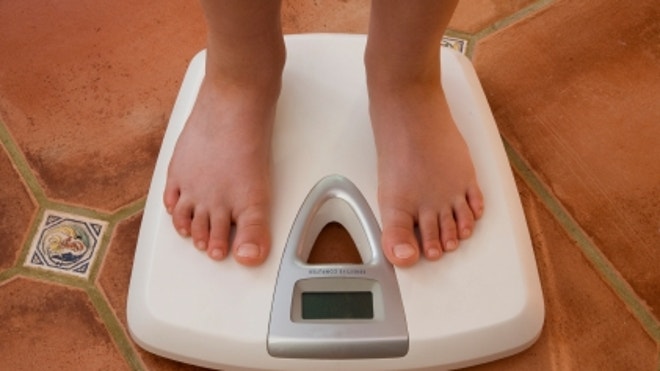
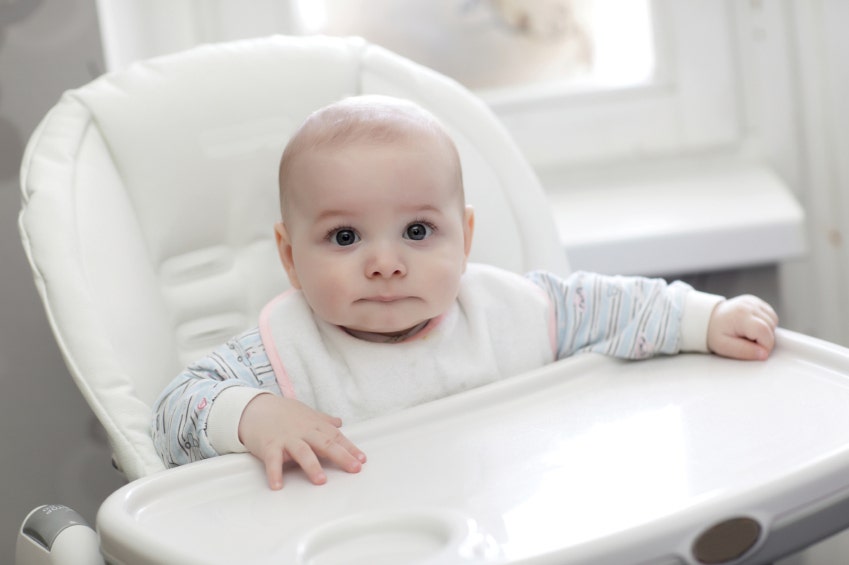 Every year, about 9,400 young children in the U.S. are injured falling off high chairs, a new study finds. Doctors warn that despite the chairs’ perceived safety, children in high chairs can be harmed if a chair is not used properly. The study also showed that the rate of such injuries increased by 22 percent over the study period, from 2003 through 2010. Head injuries were the most common type of injury associated with high chairs, followed by bumps or bruises and cuts, according to the study. The researchers looked at children ages 3 and younger who were treated in U.S. emergency departments, and the results are published today (Dec. 9) in the journal Clinical Pediatrics. “Maybe even more concerning, the rate of head injuries has increased by almost 90 percent between 2003 and 2010, and I think it begs the question, what’s going on?” said study researcher Dr. Gary Smith, director of the Center for Injury Research and Policy at Nationwide Children’s Hospital in Columbus, Ohio. Nearly all injuries associated with high chairs or booster seats involved falls. Most children fell as they were climbing or standing on the chair, suggesting that the chair’s safety restraint system was either not being used, or faulty, the researchers said. “We know that over the recent years, millions of chairs have been recalled in the U.S. because of not meeting safety standards. But usually, a very low percentage of recalled products are actually returned,” Smith told LiveScience. Parents should check the website of the federal government’s Consumer Product Safety Commission for product recalls, he said
Every year, about 9,400 young children in the U.S. are injured falling off high chairs, a new study finds. Doctors warn that despite the chairs’ perceived safety, children in high chairs can be harmed if a chair is not used properly. The study also showed that the rate of such injuries increased by 22 percent over the study period, from 2003 through 2010. Head injuries were the most common type of injury associated with high chairs, followed by bumps or bruises and cuts, according to the study. The researchers looked at children ages 3 and younger who were treated in U.S. emergency departments, and the results are published today (Dec. 9) in the journal Clinical Pediatrics. “Maybe even more concerning, the rate of head injuries has increased by almost 90 percent between 2003 and 2010, and I think it begs the question, what’s going on?” said study researcher Dr. Gary Smith, director of the Center for Injury Research and Policy at Nationwide Children’s Hospital in Columbus, Ohio. Nearly all injuries associated with high chairs or booster seats involved falls. Most children fell as they were climbing or standing on the chair, suggesting that the chair’s safety restraint system was either not being used, or faulty, the researchers said. “We know that over the recent years, millions of chairs have been recalled in the U.S. because of not meeting safety standards. But usually, a very low percentage of recalled products are actually returned,” Smith told LiveScience. Parents should check the website of the federal government’s Consumer Product Safety Commission for product recalls, he said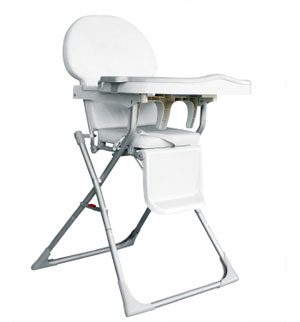 Another reason for the increase seen in the study could be that more parents are taking their children to the hospital if a head injury occurs, Smith said. “There has been an increased awareness about the importance of minor head injury and concussion in the news. It is primarily related to sports, but it has also become on the radar for clinicians and parents,” Smith said. The researchers also compared injuries related to high chairs and booster seats with injuries associated with other types of chairs, including traditional chairs, and kids’ chairs. More than 40,000 injuries associated with chairs were reported each year during the study period, which translates to four children every hour. Children injured while using traditional chairs were more likely to sustain broken bones, cuts and bruises, compared with children who got hurt using high chairs, which have restraining systems. “I believe high chairs are safe, if they haven’t been recalled and if they are used properly,” Smith said. “Parents need to check the high chair they are using hasn’t been recalled. They also need be careful to use the restraining system, and use it every time.” Source: live science
Another reason for the increase seen in the study could be that more parents are taking their children to the hospital if a head injury occurs, Smith said. “There has been an increased awareness about the importance of minor head injury and concussion in the news. It is primarily related to sports, but it has also become on the radar for clinicians and parents,” Smith said. The researchers also compared injuries related to high chairs and booster seats with injuries associated with other types of chairs, including traditional chairs, and kids’ chairs. More than 40,000 injuries associated with chairs were reported each year during the study period, which translates to four children every hour. Children injured while using traditional chairs were more likely to sustain broken bones, cuts and bruises, compared with children who got hurt using high chairs, which have restraining systems. “I believe high chairs are safe, if they haven’t been recalled and if they are used properly,” Smith said. “Parents need to check the high chair they are using hasn’t been recalled. They also need be careful to use the restraining system, and use it every time.” Source: live science
